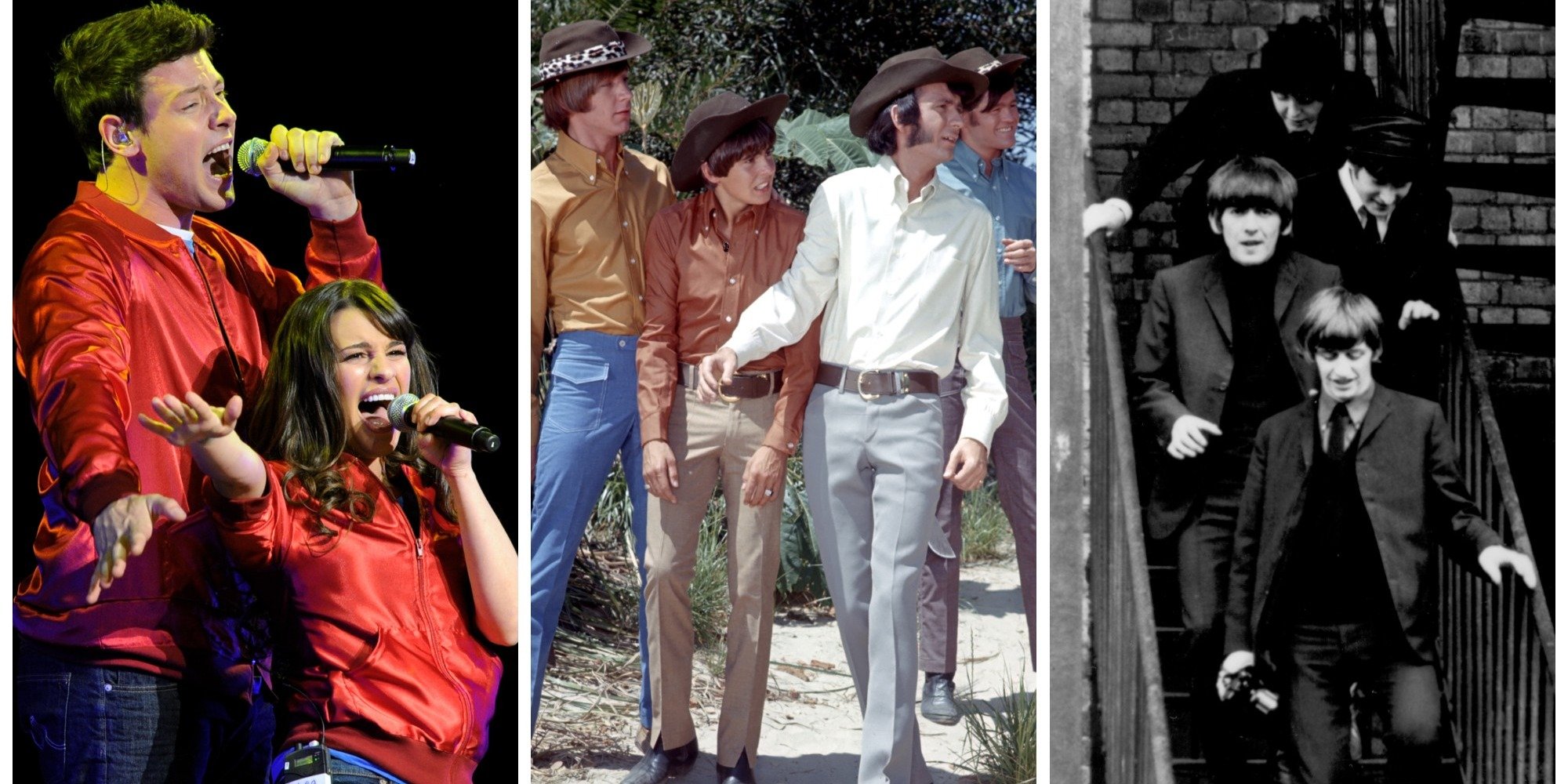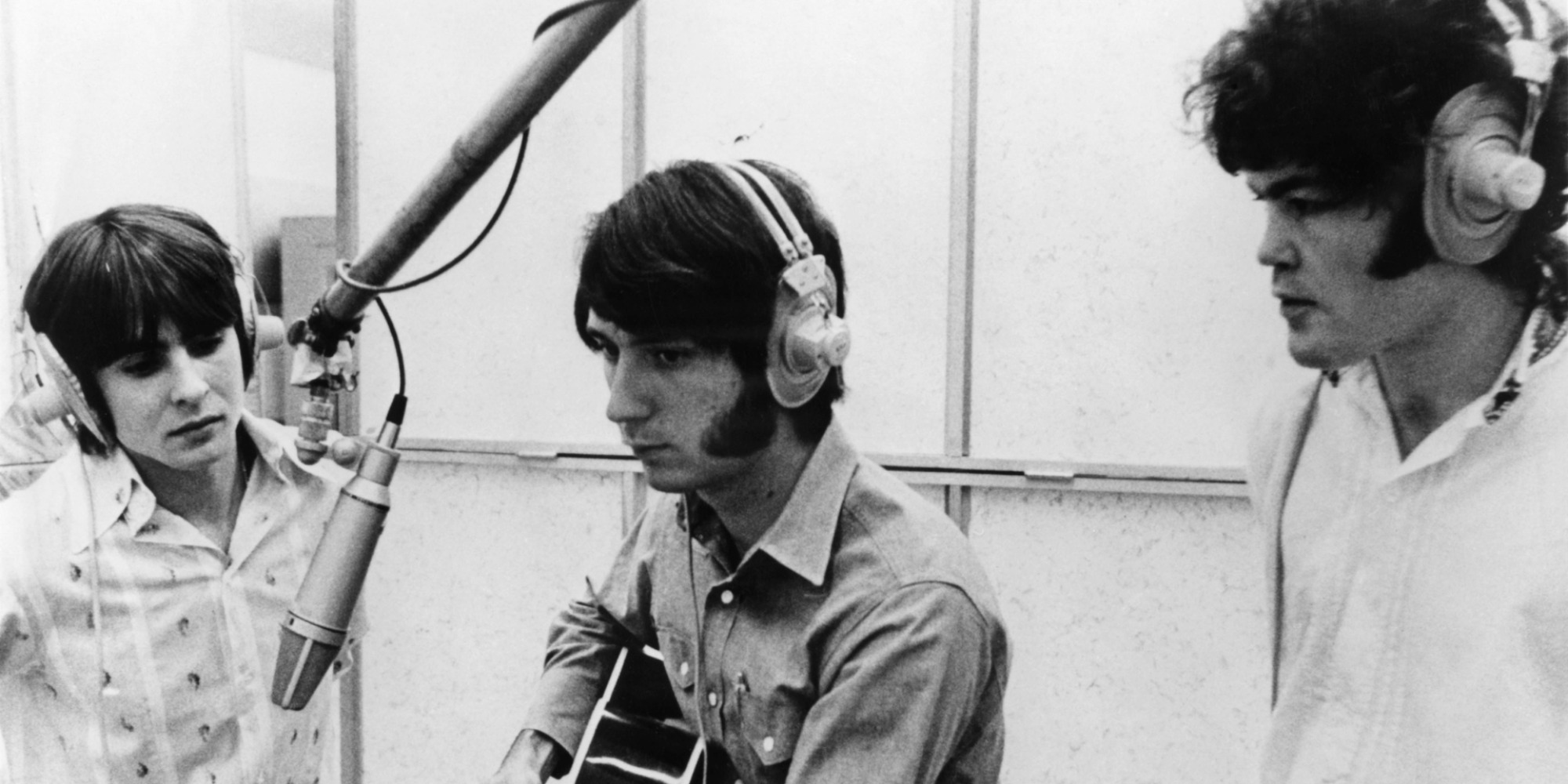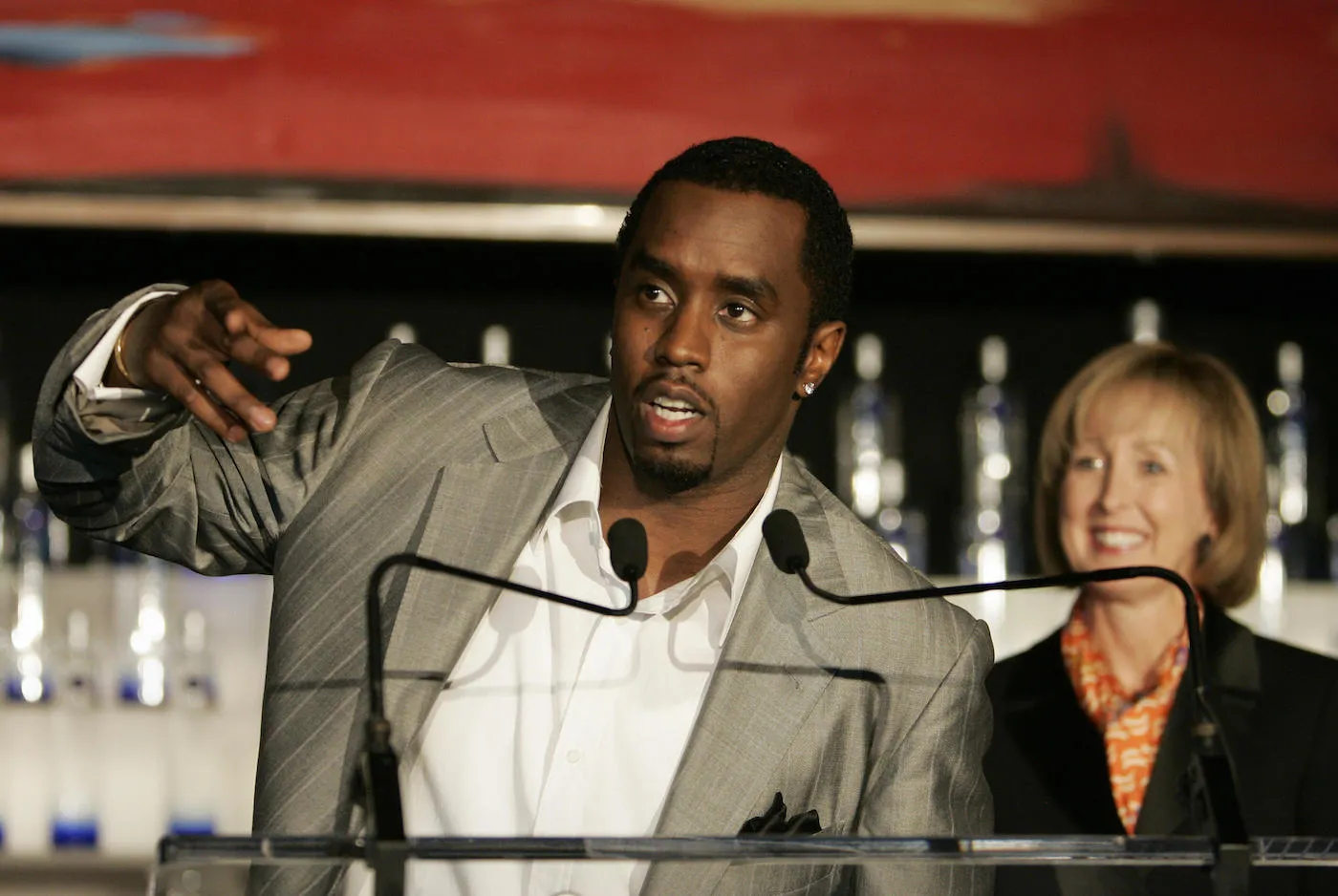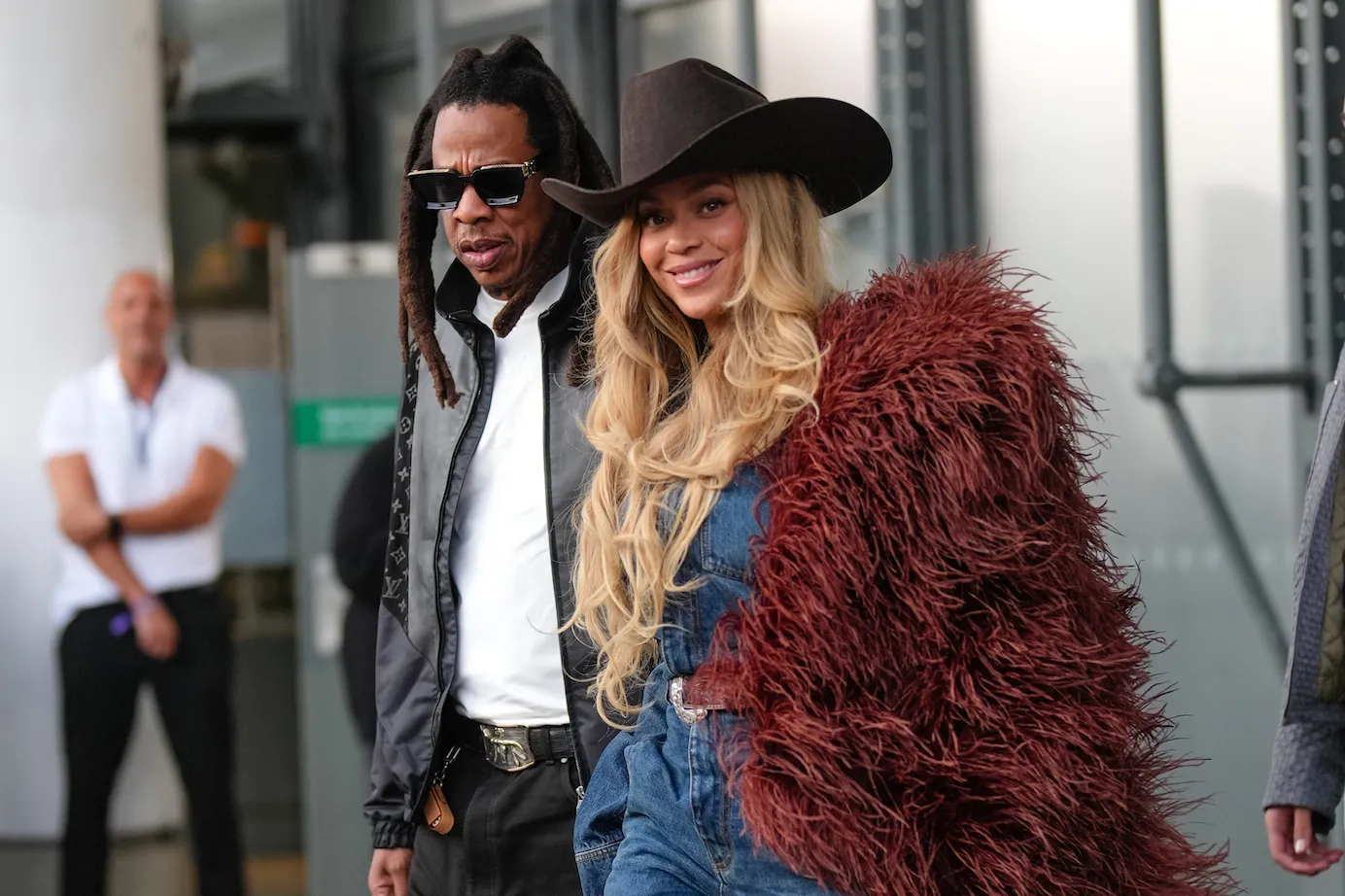‘The Monkees’ Were More Like ‘Glee’ Than ‘A Hard Days Night’ Says Micky Dolenz
The Monkees cast member Micky Dolenz has a unique take on life as a member of the television pop group. After only two seasons, the series made megastars out of Dolenz, Mike Nesmith, Davy Jones, and Peter Tork. The show’s innovations in both filming and uniting music and television had a ripple effect throughout the industry. Dolenz admitted the band came together as actors performing in a role and morphed into something much more. However, he believes The Monkees‘ television experience was more like the television series Glee than The Beatles‘ film A Hard Days Night.

‘Glee’ vs. ‘A Hard Days Night’
In 1965, The Monkees producers Bob Rafelson and Bert Schneider came up with an idea for a television series about a rock group. Inspired by Richard Lester’s groundbreaking comedies with The Beatles, including A Hard Days Night and Help, the duo pitched a comedy where a four-piece band found themselves in improbable situations every week and sang throughout each episode.
The idea was solid enough for NBC to commit to the series, and after hundreds of actors auditioned, the network hired Tork, Dolenz, Nesmith, and Jones.
However, in retrospect, Dolenz believes The Monkees was more like the 2009 series Glee, which ran for six seasons on Fox and focused on an extracurricular glee club named The New Directions at the fictional McKinley High School.
The reason Micky Dolenz thinks ‘The Monkees’ series was more ‘Glee’ than ‘A Hard Days Night’
In an interview in 2015 with Broadway World, Dolenz admitted that he believed The Monkees series had more Glee undertones than its original intent of a play on the film A Hard Days Night.
“The Monkees was much more like the Marx Brothers than The Beatles,” said Dolenz.
“It was John Lennon who first made that comparison. He said, ‘I like the Monkees; they’re like the Marx Brothers, ‘ and he was very accurate,” Dolenz mused.
“It was a television show about this imaginary group that lived in this imaginary beach house and had all these fantastical adventures, and yes, we did end up going on the road, of course. The closest thing that has come along lately like The Monkees was Glee, a show about an imaginary glee club.
“They can all sing and act and dance, and they went on the road and did live shows. So that’s what it was. It was like a little bit of musical theater on television, singing, dancing, and silliness,” Dolenz said of his Monkees experience.
‘The Monkees’ ran for two seasons on NBC

When The Monkees made its debut on NBC in 1966, no one would have guessed the cultural impact the show would have. Flash forward two years later to 1968. The Monkees became a phenomenon and made stars of actors Micky Dolenz, Mike Nesmith, Peter Tork, and Davy Jones.
The Monkees told the story of four young musicians who lived together in a California beach house. The series had a light touch. The series took a lot of its comedy from the legendary Marx Brothers. This lent a nostalgic air to the series that parents of the series’ teenage viewers would recall.
“Before they even began casting for the show,” Micky Dolenz said in a statement published by Something Else Reviews, “the producers had in their heads what they wanted. The show took its style from The Marx Brothers more than The Beatles. In the pilot, they had one Jerry Lewis-type wacky guy, one serious guy with dry, Will Rogers sort of humor, etc.
“They wanted very distinct characters to play off one another so that the comedy would work. They looked for four guys who jumped out of the screen when they began casting. He concluded that that indefinable thing that every casting director looks for when they cast a role,” he concluded.


